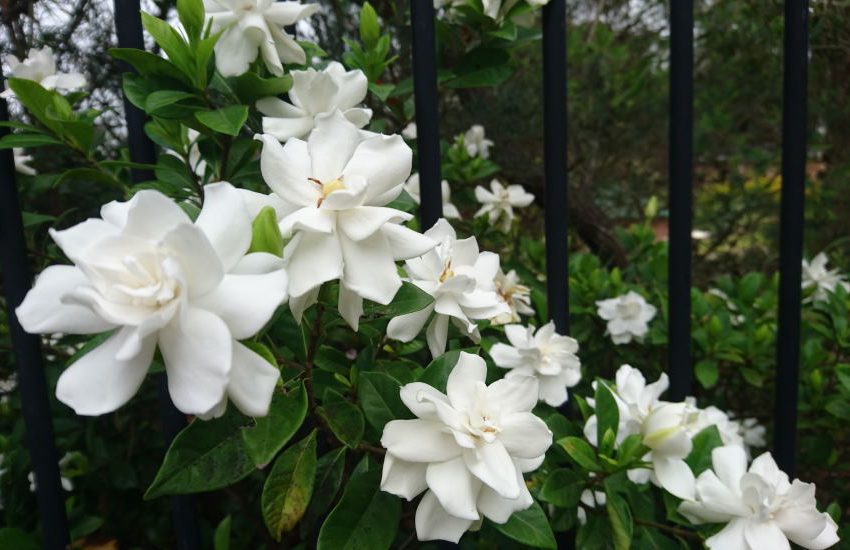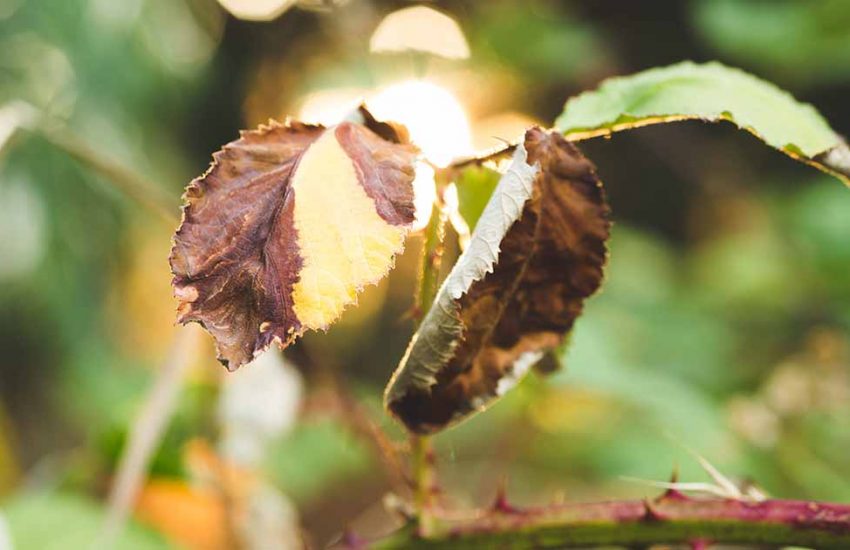Growing Ginger in a Pot: Tips and Tricks for a Bountiful Harvest
Ginger is a versatile and flavorful root that is used in many dishes and beverages. While it is typically grown in tropical climates, it is possible to grow ginger in a pot and enjoy its benefits even in cooler regions. Growing ginger in a pot is a great way to cultivate this plant in a small space or in an area with less-than-ideal growing conditions.
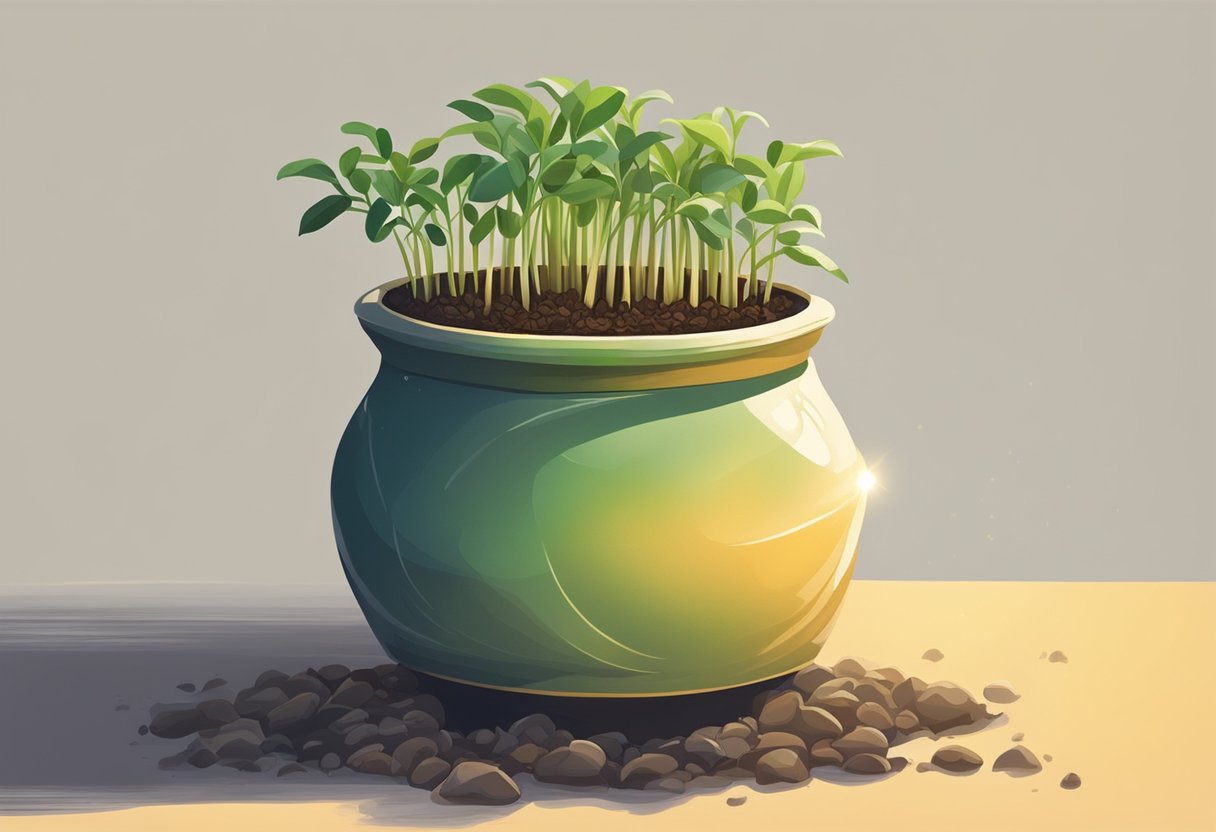
To start growing ginger in a pot, it is important to select a suitable container. The pot should be at least 12 inches deep and wide, with good drainage holes at the bottom. Ginger requires well-draining soil that is rich in organic matter, such as compost or aged manure. The soil pH should be slightly acidic, between 5.5 and 6.5.
Once the container and soil are prepared, it is time to plant the ginger root. Choose a healthy, plump ginger root with several “fingers” or buds. Soak the ginger root in water overnight to help it sprout. Plant the ginger root with the buds facing up, about 2 inches deep in the soil. Water the soil well and place the pot in a warm, sunny spot. With proper care and attention, the ginger plant will begin to grow and thrive in its pot.
Choosing the Right Ginger Rhizome
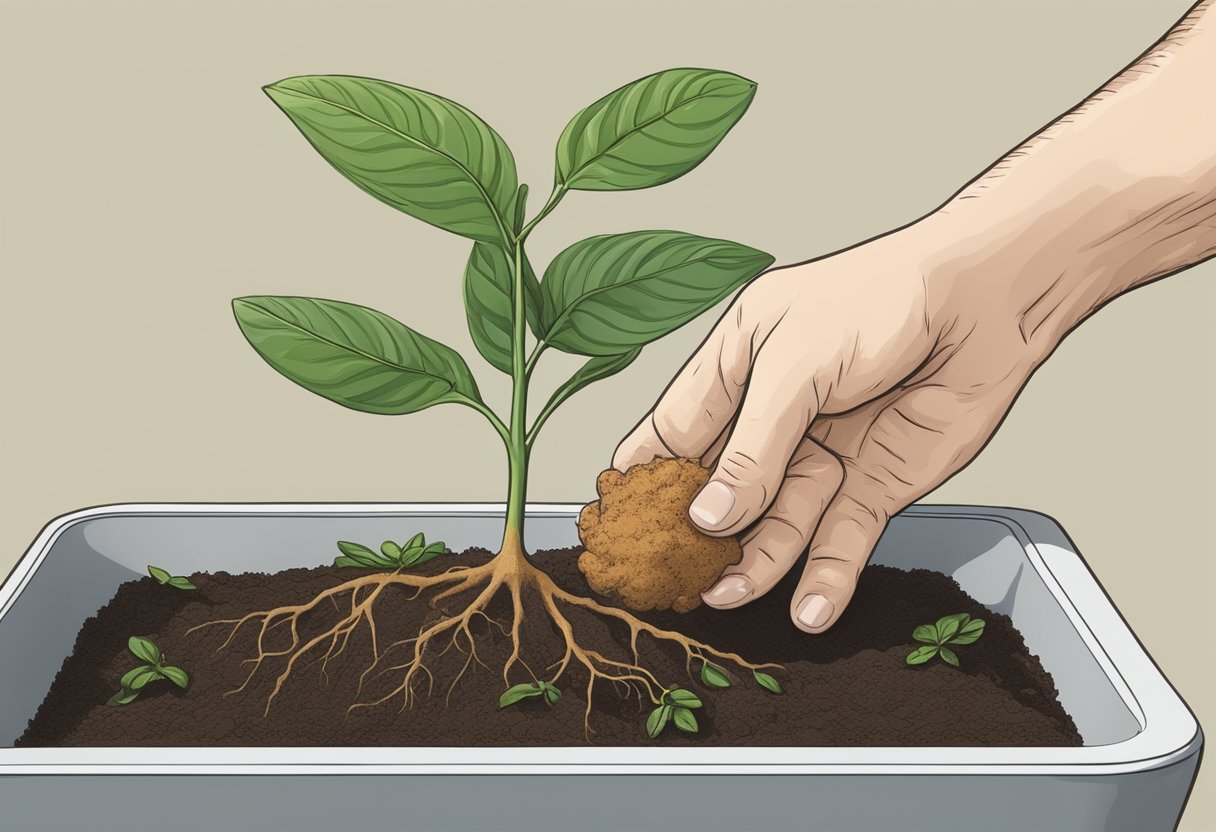
When growing ginger in a pot, selecting the right ginger rhizome is crucial to ensure a successful harvest. Here are some tips to help you choose the best rhizome for your pot.
Selecting Quality Rhizomes
When selecting a ginger rhizome, look for one that is firm and plump. Avoid rhizomes that are wrinkled or have soft spots as they may not be healthy enough to grow properly. Additionally, it is best to choose store-bought ginger that has not been treated with growth inhibitors as they may prevent the rhizome from sprouting.
Another important factor to consider when selecting a ginger rhizome is the presence of eyes. These are small, bumpy growths on the surface of the rhizome that will eventually sprout into the ginger plant. Look for a rhizome with multiple eyes as this will increase the chances of a successful harvest.
Preparing the Rhizome for Planting
Before planting the ginger rhizome, it is important to prepare it properly. Begin by soaking the rhizome in water for a few hours to help it absorb moisture. Then, using a sharp knife, cut the rhizome into sections, ensuring that each section has at least one eye.
Next, fill a pot with well-draining potting soil and plant the ginger rhizome sections about 2 inches deep, making sure that the eye is facing up. Water the soil thoroughly and place the pot in a warm, sunny spot.
By selecting a quality ginger rhizome and preparing it properly for planting, you can ensure a successful harvest of fresh ginger from your pot.
Selecting the Ideal Container
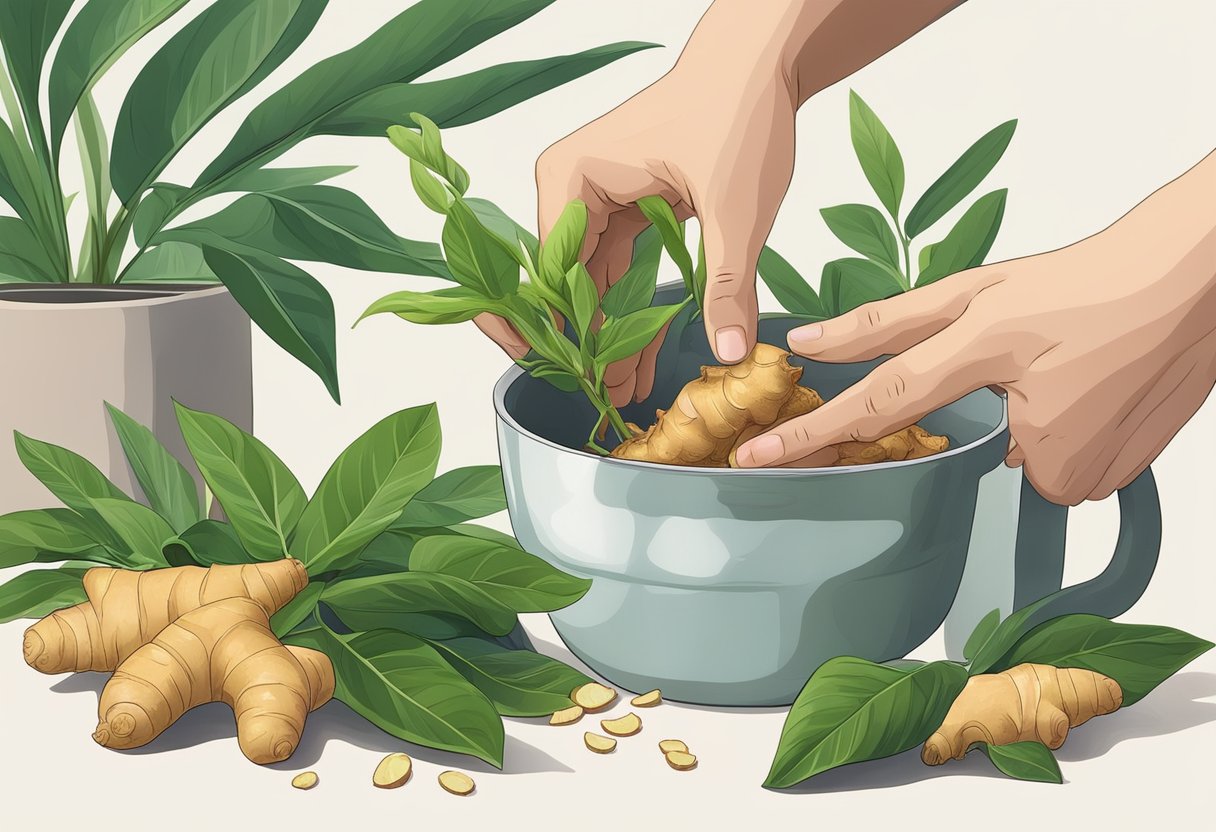
Growing ginger in a pot is a great way to enjoy fresh ginger year-round. However, selecting the right container is essential to ensure healthy growth and a bountiful harvest. Here are some factors to consider when choosing the ideal container for your ginger plant.
Container Size and Material
The size of the container is crucial when growing ginger in a pot. A container that is too small can restrict the growth of the ginger plant, while a container that is too large can lead to waterlogging and root rot. A 12-inch pot is an ideal size for growing ginger, as it provides enough space for the roots to grow and allows for proper drainage.
The material of the container also plays a significant role in the growth of the ginger plant. Terracotta pots are a popular choice as they are porous, allowing excess water to evaporate and preventing waterlogging. Plastic containers are also a good option, as they are lightweight and easy to move around. However, it is essential to ensure that the container is made of food-grade plastic to avoid any harmful chemicals leaching into the soil.
Drainage Requirements
Proper drainage is crucial when growing ginger in a pot. Ginger plants require well-draining soil to prevent waterlogging and root rot. The container must have drainage holes at the bottom to allow excess water to drain out. It is also essential to place a tray or saucer under the pot to catch any excess water and prevent it from pooling around the roots.
In conclusion, selecting the ideal container is crucial when growing ginger in a pot. A 12-inch pot made of terracotta or food-grade plastic, with proper drainage holes and a tray to catch excess water, is the best option for healthy growth and a bountiful harvest.
Potting Mix and Soil Composition
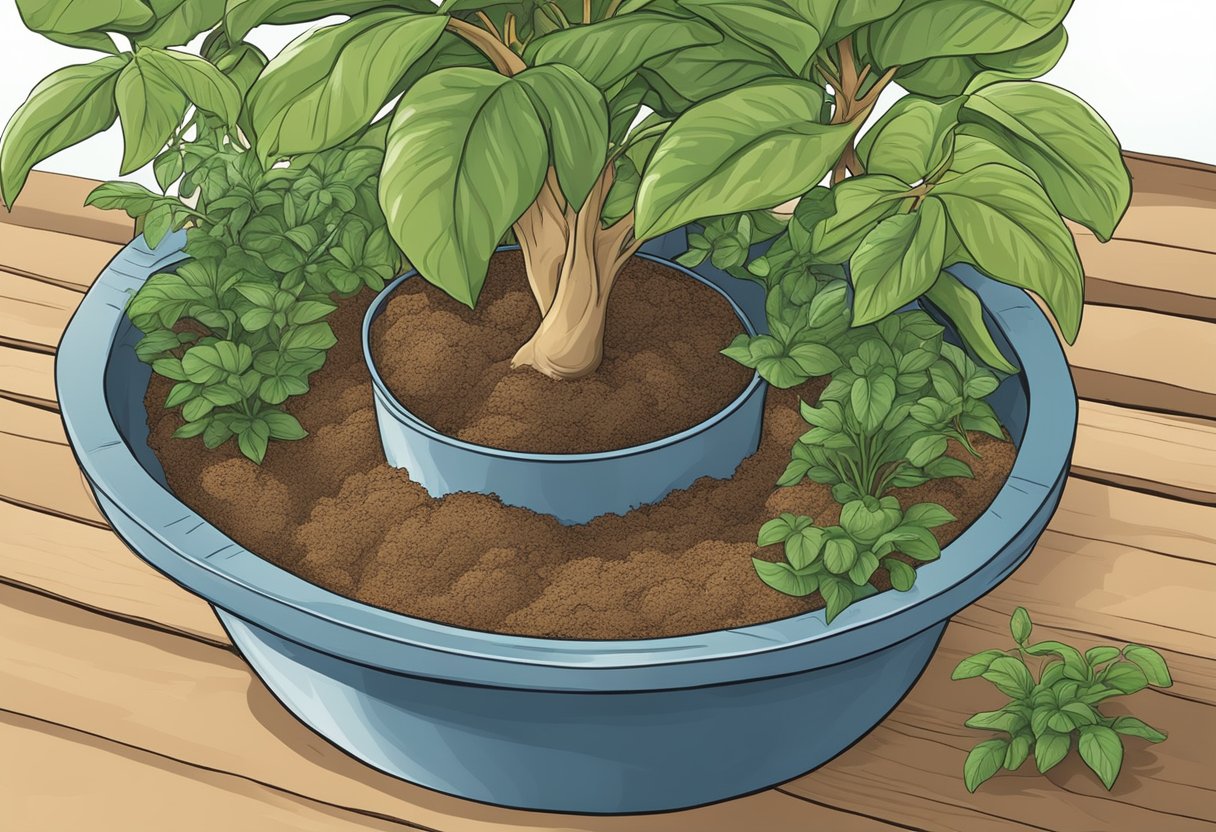
Creating the Perfect Potting Mix
When growing ginger in a pot, it is crucial to have the right potting mix. The ideal potting mix should be loose, well-draining, and rich in organic matter. A good potting mix can be made by mixing equal parts of peat moss, perlite, and vermiculite. This combination provides the necessary aeration and drainage, while also retaining moisture.
Another great addition to the potting mix is worm castings. Worm castings are rich in nutrients and microorganisms that help promote healthy plant growth. Adding a handful of worm castings to the potting mix can make a significant difference in the overall health of the ginger plant.
Importance of Soil Richness and Drainage
Ginger plants thrive in rich, loamy soil that is well-draining. The soil should be rich in nutrients, but not too compact, as this can lead to poor drainage and root rot. The ideal soil composition for ginger plants is a mix of sandy loam and organic matter.
When planting ginger in a pot, it is essential to choose a pot with drainage holes to ensure proper drainage. Without proper drainage, excess water can accumulate in the soil, leading to root rot and other plant diseases.
In summary, the key to growing healthy ginger plants in a pot is to have a loose, well-draining potting mix that is rich in organic matter. Adding worm castings to the potting mix can provide additional nutrients and microorganisms that help promote healthy plant growth. Choosing a pot with drainage holes is also crucial to ensure proper drainage and prevent plant diseases.
Planting and Positioning
How to Plant Ginger Rhizomes
To begin growing ginger in a pot, one must first select fresh ginger rhizomes that are plump and firm. The ginger should have eyes or small buds on it, which should be facing upward. These buds will eventually sprout and grow into the ginger plant.
The next step is to fill a pot with well-draining soil. Ginger prefers loose, rich soil with good drainage. A mixture of potting soil and compost is ideal. The pot should be at least 12 inches deep and wide enough to accommodate the ginger rhizomes.
Once the pot is filled with soil, the ginger rhizomes should be placed horizontally on top of the soil, with the eyes facing upward. The rhizomes should be covered with about an inch of soil, and then watered thoroughly.
Best Location for Ginger Pots
Ginger plants prefer warm, sunny spots with partial shade. A location that receives morning sun and afternoon shade is ideal. Direct sunlight can scorch the leaves and cause the soil to dry out too quickly.
Ginger plants also prefer warm temperatures, so it is important to keep the pot in a warm location. A temperature range of 70-85°F is ideal for growing ginger.
In addition to sunlight and warmth, ginger plants require regular watering. The soil should be kept moist but not waterlogged. Overwatering can lead to root rot, while underwatering can cause the leaves to wilt and turn yellow.
By following these planting and positioning tips, one can successfully grow ginger in a pot and enjoy the fresh, spicy flavor of homegrown ginger root.
Watering and Humidity
Watering Frequency and Techniques
When growing ginger in a pot, it is important to keep the soil consistently moist, but not waterlogged. Overwatering can lead to root rot, so it is crucial to monitor the soil moisture level regularly. The frequency of watering will depend on various factors such as the size of the pot, the humidity level, and the temperature.
One effective technique for watering ginger in a pot is to water deeply and slowly, allowing the water to penetrate the soil. This will ensure that the roots receive enough water without leaving any standing water on the surface.
Maintaining Optimal Humidity
Ginger plants thrive in a humid environment, and it is important to maintain an optimal level of humidity around the plant. One way to increase humidity is to mist the leaves and soil with water regularly. This will also help to prevent the soil from drying out too quickly.
Another effective way to maintain humidity around the plant is to place a tray of water near the pot. As the water evaporates, it will increase the humidity level in the surrounding area.
It is important to note that while ginger plants require a humid environment, they can be susceptible to fungal diseases if the humidity level is too high. Therefore, it is important to monitor the humidity level and adjust as necessary.
Overall, by monitoring the soil moisture level and maintaining an optimal level of humidity, growers can ensure that their ginger plants thrive in a pot.
Ginger Plant Care and Maintenance
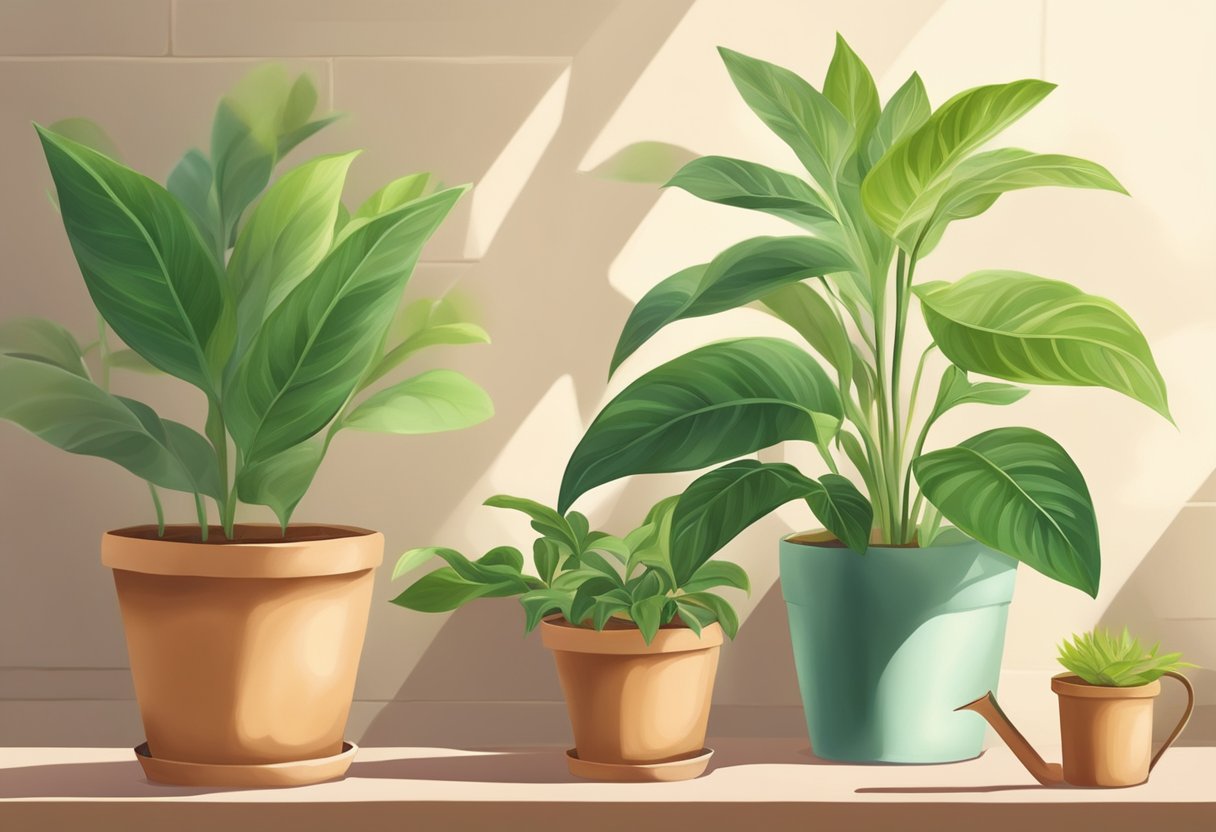
Growing ginger in a pot is a great way to enjoy fresh ginger year-round. However, proper care and maintenance are essential for a healthy and productive ginger plant. Here are some tips on how to care for your ginger plant:
Sunlight and Temperature
Ginger plants need plenty of sunlight to grow and thrive. They prefer full sun or morning sun, but they can also tolerate some shade. Make sure to place your pot in a spot that receives at least 6 hours of sunlight per day.
In terms of temperature, ginger plants prefer warm and humid conditions. They can tolerate temperatures as low as 50°F (10°C) but they grow best in temperatures between 70°F (21°C) and 85°F (29°C). Avoid exposing your ginger plant to cold drafts or extreme temperatures.
Fertilizing Your Ginger Plant
To keep your ginger plant healthy and productive, it’s important to fertilize it regularly. You can use either organic or liquid fertilizer, depending on your preference. Organic fertilizers, such as compost or manure, are a great choice for those who want to avoid synthetic chemicals. Liquid fertilizers, on the other hand, are easy to use and provide quick results.
Apply fertilizer every 2-3 weeks during the growing season, which is usually from spring to fall. Be careful not to over-fertilize your ginger plant, as this can lead to root burn and other problems.
Dealing with Pests and Diseases
Like any other plant, ginger plants are susceptible to pests and diseases. The most common pests that affect ginger plants are aphids, spider mites, and mealybugs. To prevent infestations, make sure to keep your plant clean and free of debris. You can also use an insecticide if necessary.
Bacterial wilt and root rot are two common diseases that can affect ginger plants. To prevent these diseases, make sure to plant your ginger in well-draining soil and avoid overwatering. If you notice any signs of disease, such as yellowing leaves or wilting stems, remove the affected parts and treat the plant with a fungicide.
By following these tips, you can ensure that your ginger plant stays healthy and productive. With a little care and attention, you can enjoy fresh ginger whenever you want!
Harvesting Your Ginger

When and How to Harvest
Harvesting ginger is the most rewarding part of growing it. Ginger can be harvested any time after the plant is four months old. However, it is best to wait until the leaves start to turn yellow and dry up, indicating that the plant is mature and ready for harvest.
To harvest ginger, gently remove the soil around the base of the plant and locate the rhizomes. Gently pull the rhizomes out of the soil and cut off the required amount. Be sure to keep some of the rhizomes in the soil to continue growing.
Storing and Using Fresh Ginger
Fresh ginger can be stored in the refrigerator for up to three weeks. Alternatively, it can be frozen for up to six months. To freeze ginger, wash and peel it, then cut it into small pieces and place them in a sealed container or freezer bag.
Fresh ginger is a versatile ingredient that can be used in a variety of dishes and cuisines. It adds a unique flavor and aroma to both sweet and savory dishes, and is commonly used in Asian and Indian cooking. Ginger can be grated, sliced, or minced and added to stir-fries, curries, soups, and marinades.
In conclusion, harvesting ginger is a simple process that can yield delicious results. With a little patience and care, anyone can grow ginger in a pot and enjoy the benefits of this flavorful ingredient.
Health Benefits and Uses
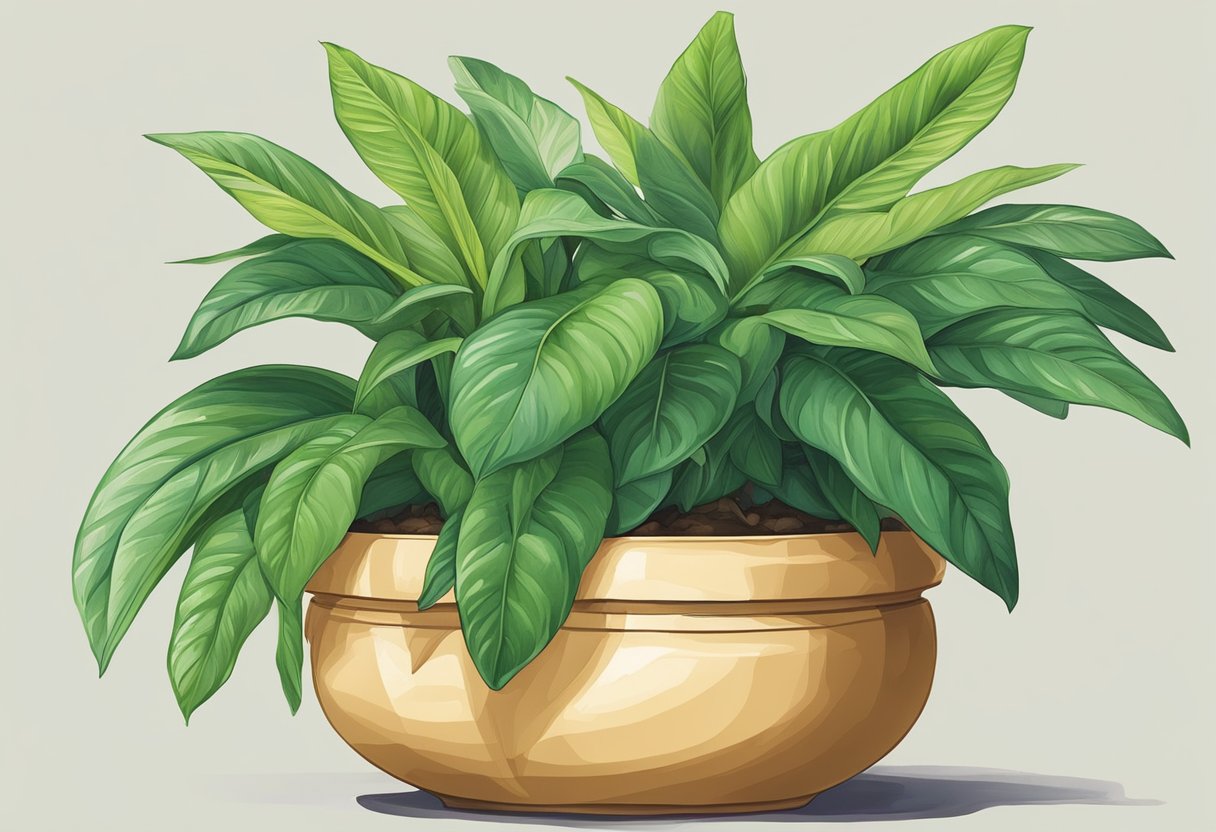
Ginger is a versatile and flavorful root that can be used in many culinary dishes and has numerous health benefits. In this section, we will explore the various uses of ginger and its potential health benefits.
Culinary Uses of Ginger
Ginger is a popular spice that is used in many dishes around the world. It can be used fresh, dried, or powdered, and has a unique and pungent flavor that adds depth to any dish. Ginger is commonly used in Asian cuisine, particularly in Indian and Thai dishes. It is also used in baking, where it can be added to cakes, cookies, and bread for a spicy kick.
Medicinal Properties and Applications
Ginger has been used for centuries as a natural remedy for a variety of ailments. It is known for its anti-inflammatory properties, which can help reduce pain and swelling in the body. Ginger is also commonly used to aid digestion and can help relieve nausea and vomiting. Additionally, ginger has been shown to have antibiotic properties, which can help fight off infections.
Studies have also shown that ginger may have a number of other health benefits. For example, it may help lower cholesterol levels, reduce menstrual pain, and improve brain function. However, more research is needed to fully understand the potential health benefits of ginger.
Overall, ginger is a superfood that can be used in a variety of ways to add flavor and nutrition to your diet. Whether you are looking to spice up your cooking or improve your health, ginger is a versatile and beneficial ingredient to incorporate into your routine.
Growing Ginger in Different Climates
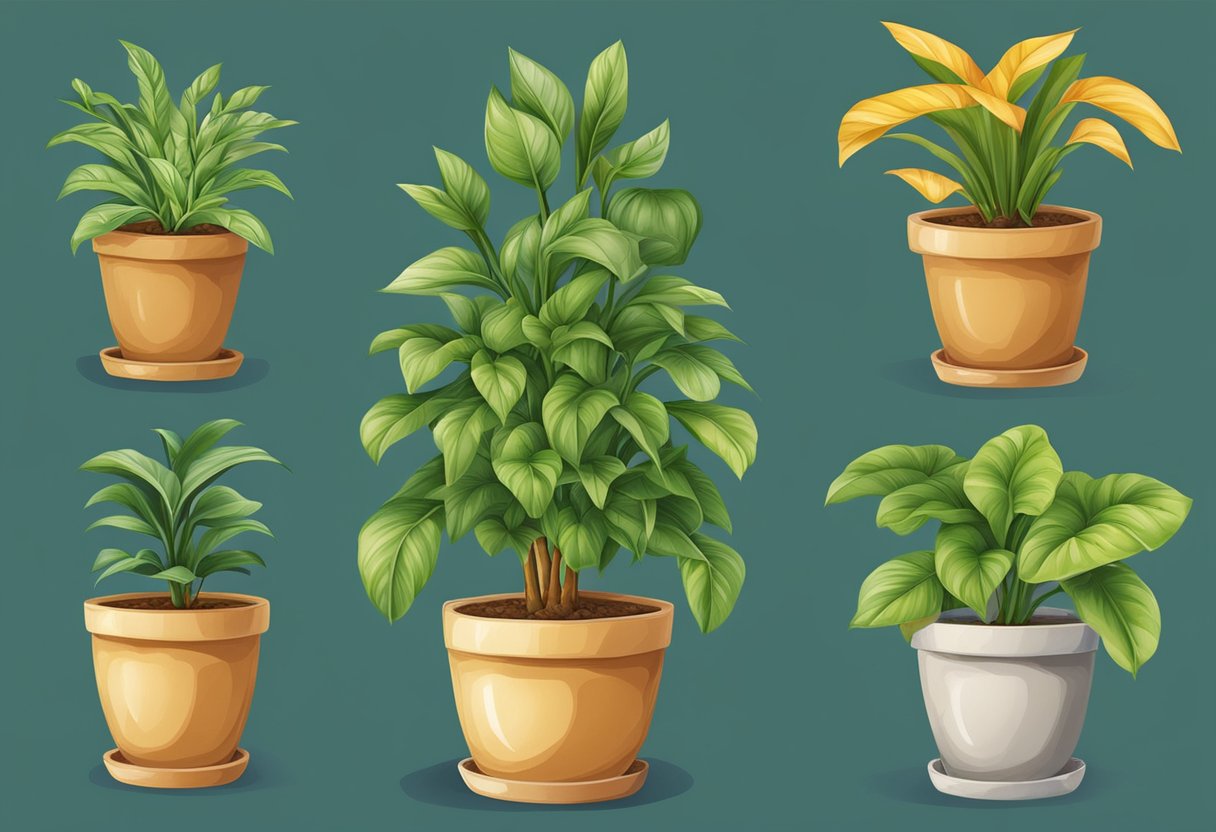
Tropical vs. Non-Tropical Regions
Ginger is a tropical plant, and it thrives in warm and humid climates. Therefore, it is best to grow ginger in tropical regions where the temperature is between 68°F and 86°F (20°C to 30°C), and the humidity is high. In non-tropical regions, ginger can still be grown, but it requires special care and attention.
In colder regions, ginger can be grown indoors during the winter months. It is essential to keep the plant warm and moist, and it should be placed in a sunny location. In the summer months, the plant can be moved outside to a warm and sunny location.
Indoor and Greenhouse Cultivation
Ginger can also be grown indoors or in a greenhouse. This method is suitable for those who live in non-tropical regions and want to grow ginger all year round. When growing ginger indoors or in a greenhouse, it is important to provide the plant with the right growing conditions.
The plant should be kept in a warm and humid environment, and it should be watered regularly. The soil should be well-draining, and the plant should be fertilized every two weeks. It is also important to provide the plant with enough light, either through natural sunlight or grow lights.
In conclusion, ginger can be grown in different climates, but it requires special care and attention in non-tropical regions. Whether growing ginger indoors or outdoors, it is important to provide the plant with the right growing conditions to ensure a successful harvest.
Frequently Asked Questions
What is the ideal type of container for growing ginger indoors?
The ideal container for growing ginger indoors should be at least 12 inches deep and wide enough to accommodate the plant’s root system. The container should have drainage holes at the bottom to prevent waterlogging. Terracotta pots are a good option as they are porous and allow for good air circulation.
Can you successfully grow ginger in a pot during winter months?
Yes, ginger can be grown in a pot during winter months. However, it is important to keep the plant in a warm and humid environment, as it prefers temperatures between 68-77°F and high humidity levels. Providing adequate light is also important, as ginger requires 6-8 hours of indirect sunlight per day.
How do you cultivate ginger in water-based environments?
Ginger can be cultivated in water-based environments, but it requires a different approach. Instead of planting the ginger in soil, it should be placed in a container filled with water. The container should be kept in a warm and humid environment, and the water should be changed every few days to prevent stagnation.
What are the essential conditions for ginger to thrive in pot cultivation?
Ginger thrives in pot cultivation when provided with adequate light, warmth, and humidity. The plant prefers well-draining soil that is rich in organic matter. It should be watered regularly, but not overwatered, as this can lead to root rot. Fertilizer should be applied every 2-3 months to promote healthy growth.
How long should I expect to wait before harvesting ginger grown in a container?
Ginger grown in a container can take anywhere from 8-10 months to mature. Once the plant has reached maturity, the leaves will begin to turn yellow and wilt. This is a sign that the ginger is ready to be harvested. To harvest, gently dig up the plant and remove the ginger rhizomes from the soil.
Is it possible to use grocery store ginger roots for planting in pots?
Yes, it is possible to use grocery store ginger roots for planting in pots. However, it is important to choose fresh, plump roots that are free from mold or soft spots. Soak the ginger root overnight in water to remove any growth inhibitors, and then plant it in well-draining soil.

